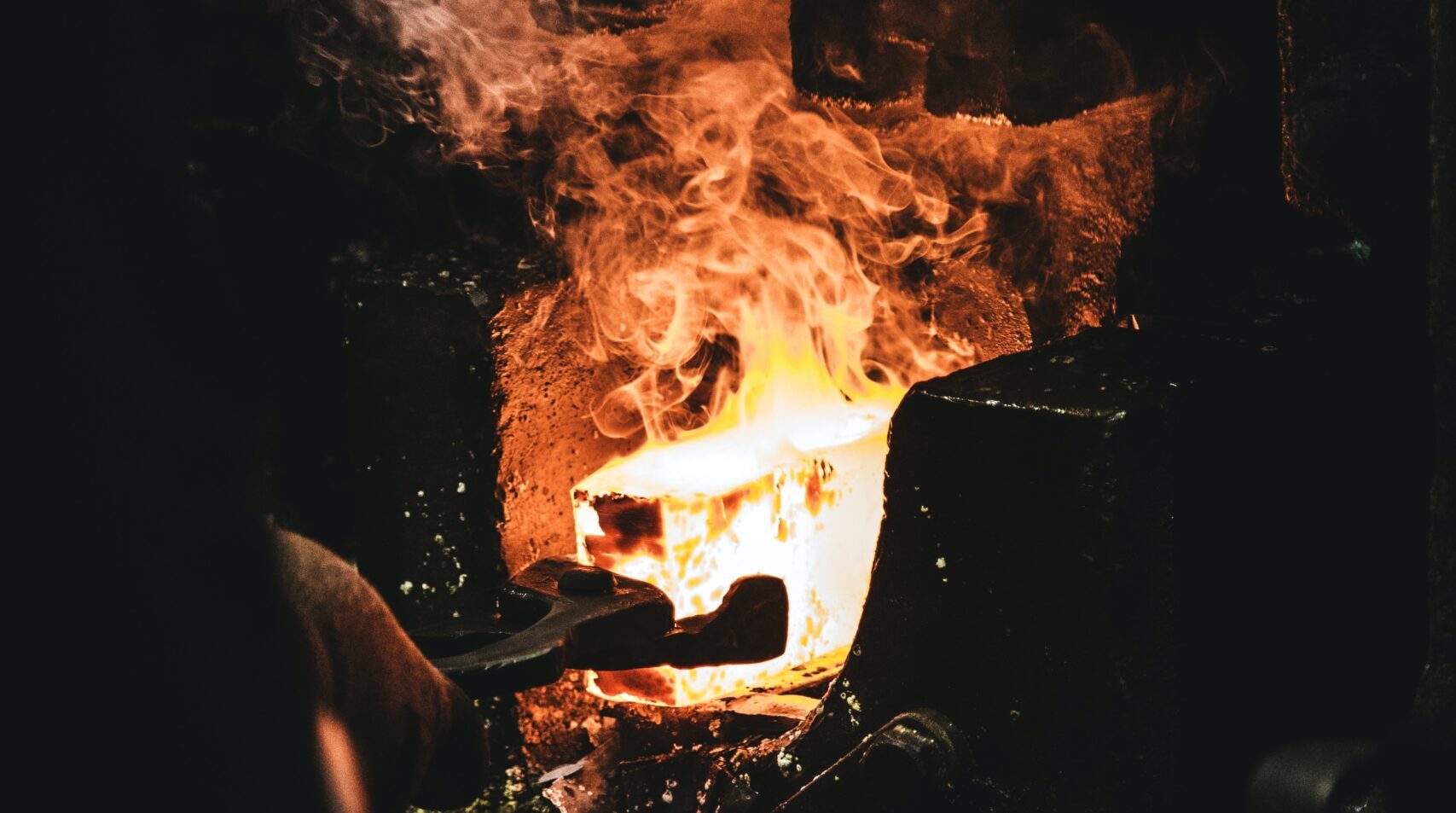Introduction
Heat treatment is a crucial process in the manufacturing and metallurgical industries, allowing for the enhancement of material properties through controlled heating and cooling. Various tools are employed to achieve specific heat treatment techniques, such as quench hardening and tempering. In this article, we will explore the tools used for these processes and discuss their importance in achieving desired material characteristics.
Tools for Quench Hardening Steel
Quench hardening, also known as quenching, involves rapid cooling of steel to increase its hardness. This process is typically performed using the following tools:
- Quenching Tank: A quenching tank is a container filled with a quenching medium, such as water, oil, or polymer solution. The tank provides a controlled environment for the rapid cooling of the heated steel. Different quenching media have varying cooling rates, affecting the resulting hardness and properties of the steel.
- Tongs: Tongs are used to handle the heated steel and immerse it into the quenching tank. They allow for safe and precise placement of the steel into the quenching medium without exposing the operator to the risk of burns.
- Protective Gear: Quenching steel involves handling high-temperature materials and quenching media. Protective gear, including heat-resistant gloves, goggles, and aprons, ensures the safety of the operator during the quenching process.
Tempering with a Conventional Oven
Tempering is a heat treatment technique used to reduce the brittleness of quenched steel and improve its toughness. It is typically performed using a conventional oven in the following steps:
- Conventional Oven: A conventional oven is used to heat the quenched steel to a specific temperature below its critical point. This temperature is determined based on the desired balance between hardness and toughness. The oven provides a controlled and uniform heating environment for the steel.
- Oven Thermometer: An oven thermometer is used to monitor the temperature inside the oven accurately. It ensures that the steel is heated to the desired tempering temperature and allows for precise control of the heat treatment process.
- Timer: A timer is employed to track the duration of the tempering process. Tempering times vary based on the steel type, thickness, and desired properties. The timer helps ensure consistent and repeatable results.
Tempering with a Heat Treatment Kiln
In industrial settings, heat treatment kilns are often employed for large-scale tempering processes. These kilns provide controlled and uniform heating, ensuring the desired mechanical properties of the steel. The tools used in tempering with a heat treatment kiln include:
- Heat Treatment Kiln: A heat treatment kiln is a large, specialized oven designed for heat treatment processes. It offers precise temperature control and uniform heating throughout the chamber. Kilns can accommodate larger quantities of steel compared to conventional ovens, making them suitable for industrial-scale operations.
- Temperature Controller: A temperature controller is an essential tool that enables precise regulation of the kiln’s internal temperature. It ensures that the steel reaches and maintains the desired tempering temperature throughout the process.
- Monitoring and Control Systems: Heat treatment kilns often incorporate monitoring and control systems that enable operators to monitor the tempering process in real-time. These systems provide data on temperature, heating duration, and other relevant parameters, ensuring quality control and process optimization.
By utilizing a heat treatment kiln, it’s possible to achieve precise and reliable tempering results on a large scale, meeting the demands of high-volume production while maintaining consistent material properties.
Conclusion
Heat treatment tools play a vital role in the quench hardening and tempering processes. Quenching tanks, tongs, and protective gear are essential for safely and effectively quenching steel to enhance its hardness. Conventional ovens, equipped with thermometers and timers, are suitable for smaller-scale tempering operations, allowing for the adjustment of steel properties to achieve desired toughness. On the other hand, heat treatment kilns provide precise temperature control, uniform heating, and automated systems, making them ideal for large-scale tempering in industrial settings.
By employing the appropriate heat treatment tools, manufacturers and metallurgical industries can achieve consistent and controlled heat treatment processes, resulting in improved material properties, enhanced product performance, and increased overall quality.
